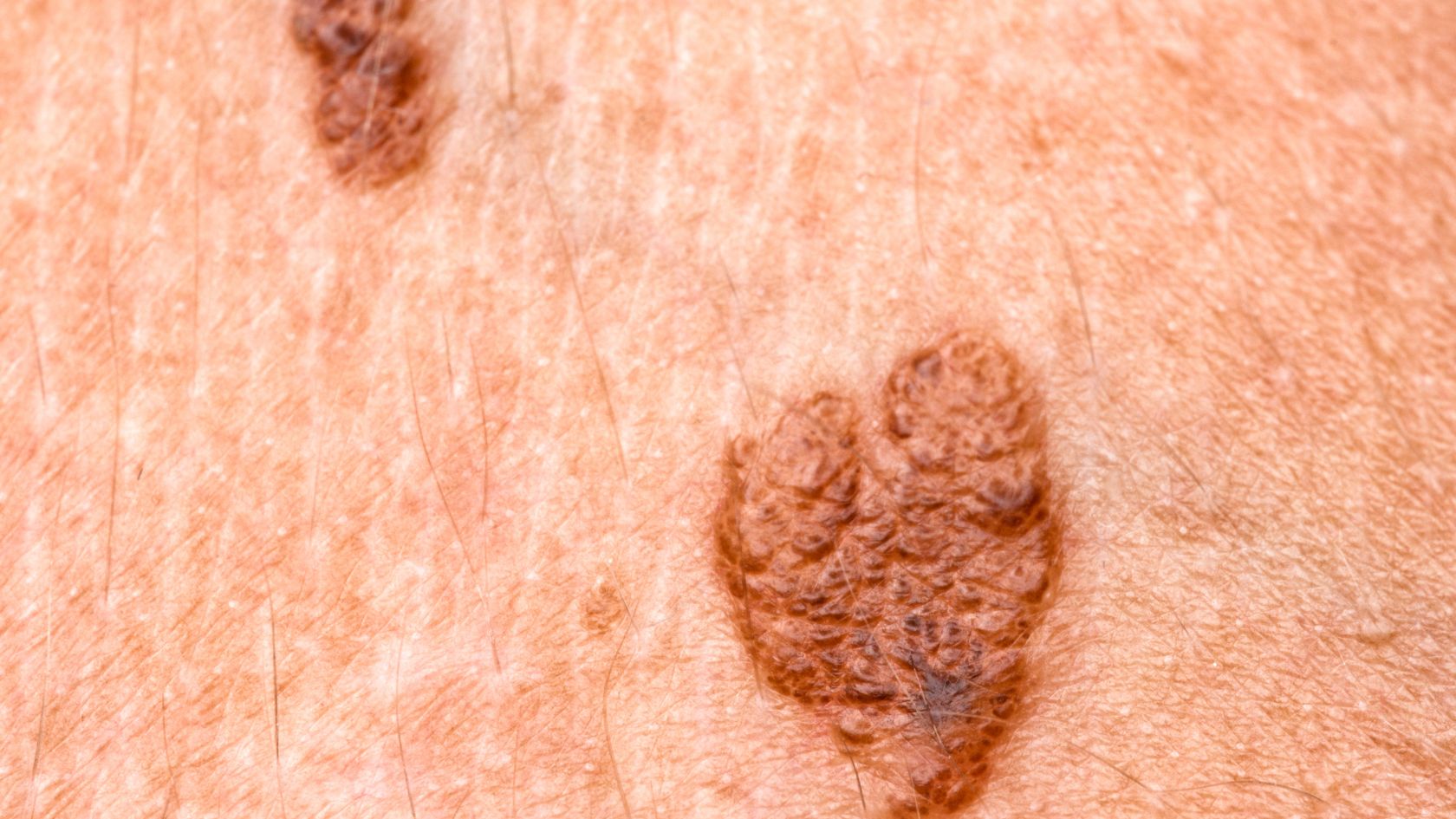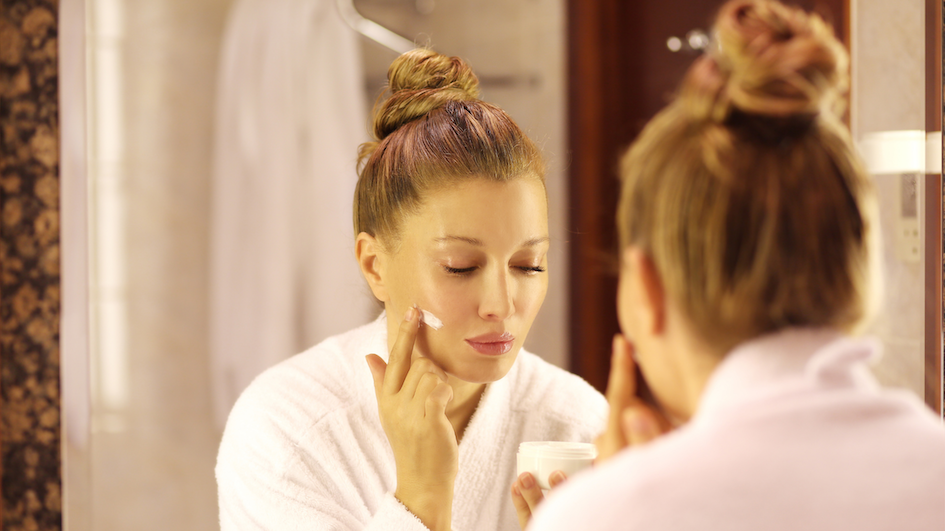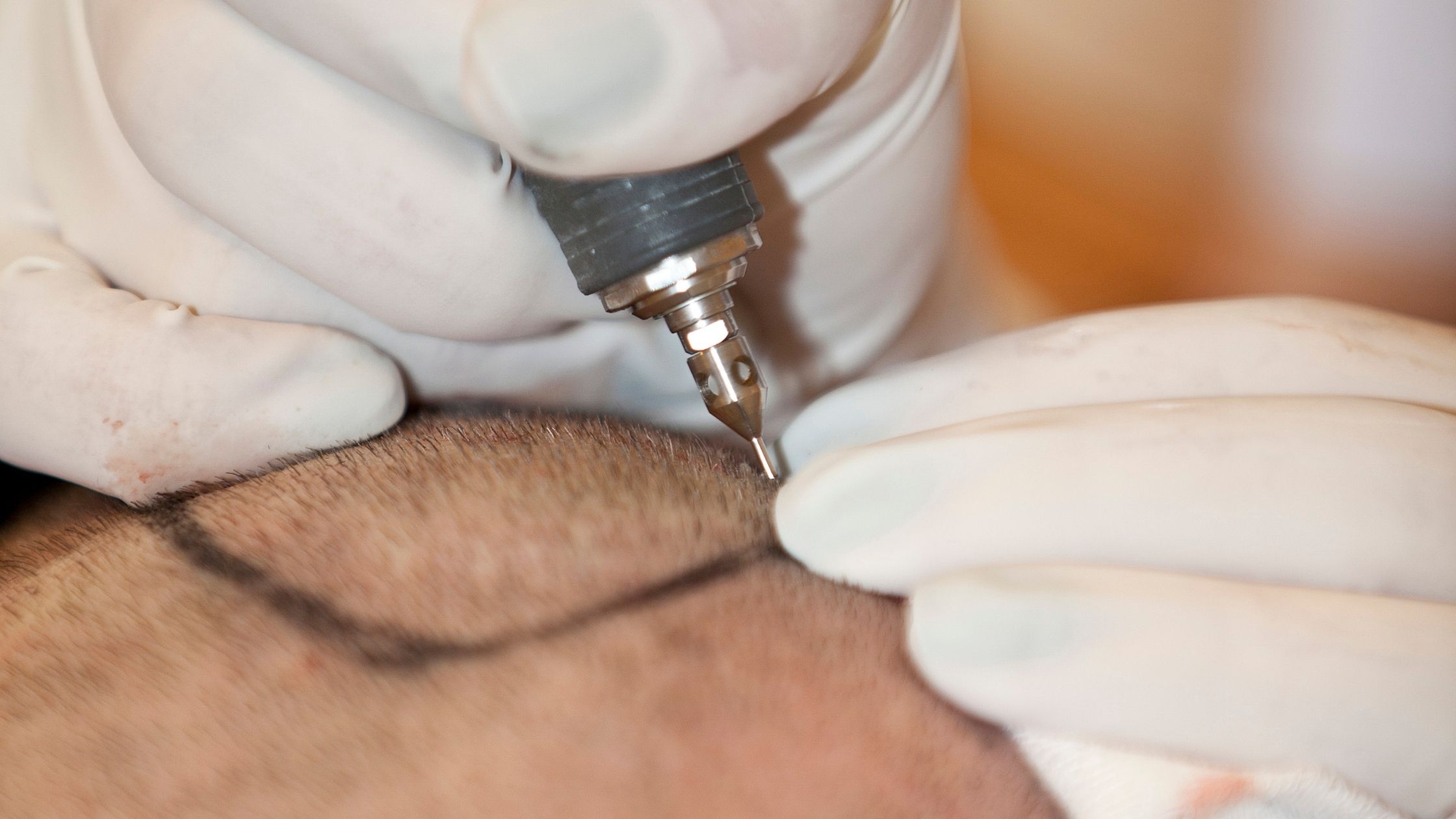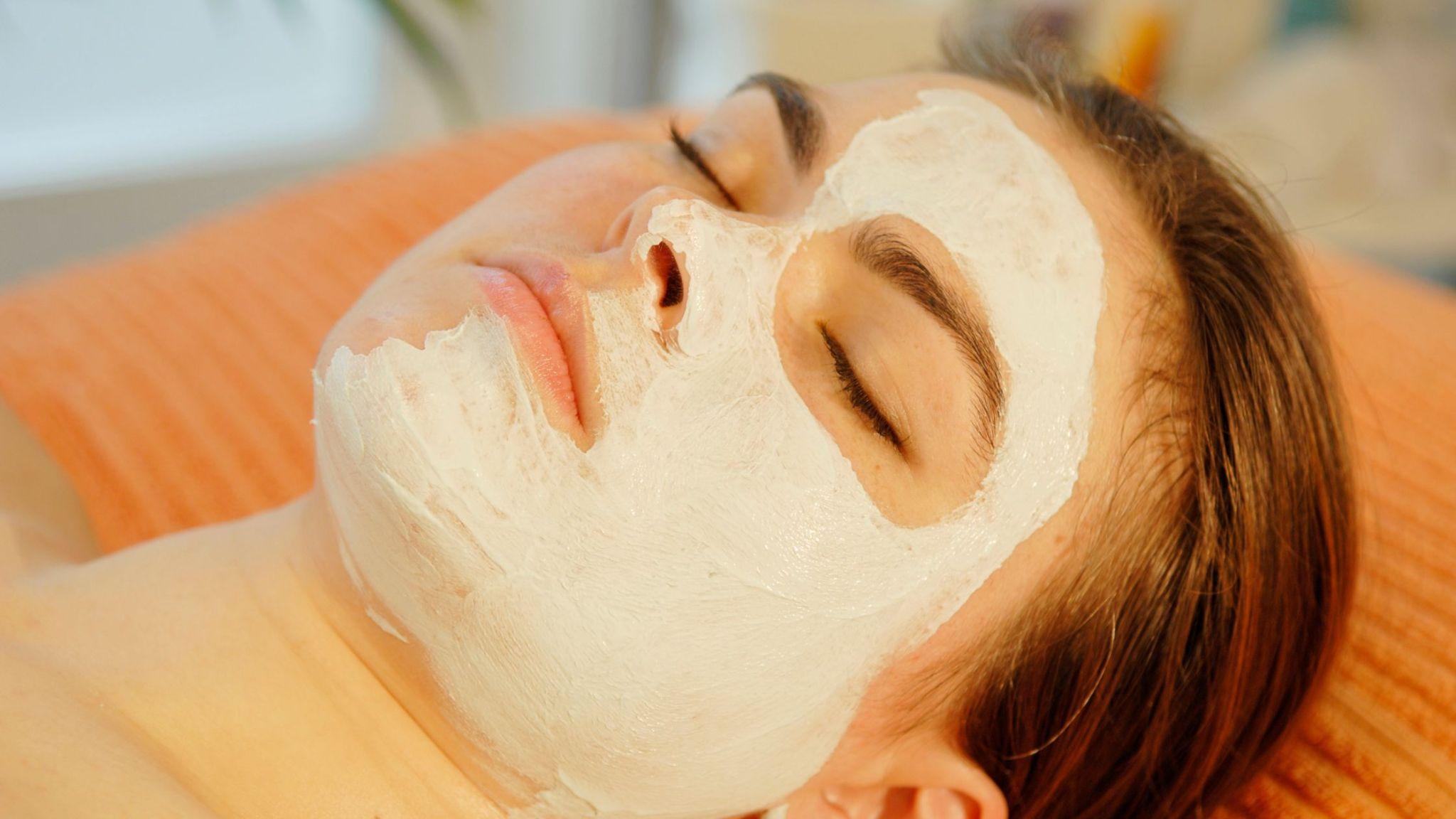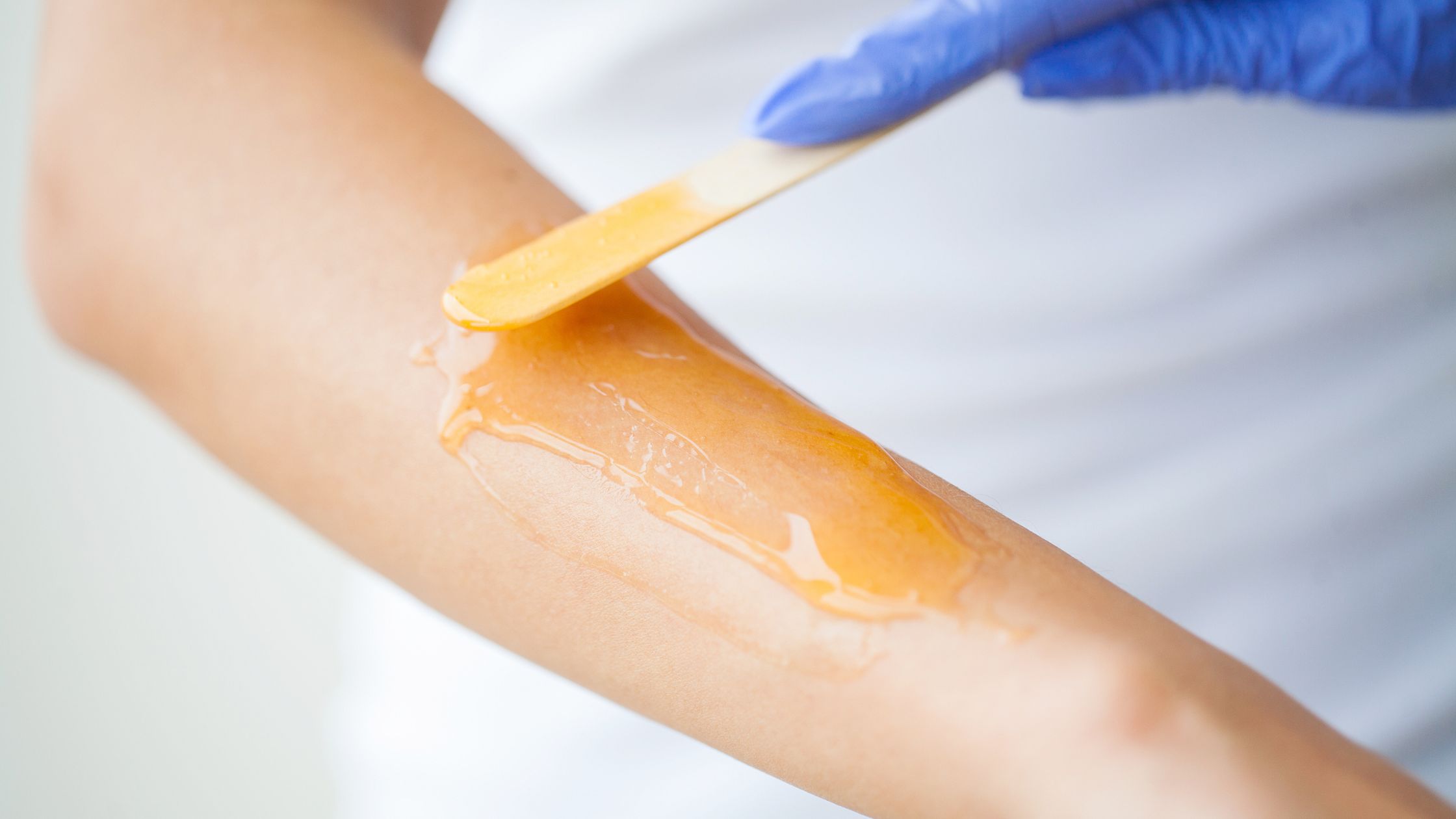Here’s how it works – the treatment helps in boosting the production of elastin and collagen. This results in long-lasting improvements in skin quality by elevating firmness and texture.
Now, coming to the recovery process, it won’t be the same for all. It will differ based on the patient’s skin type and their body’s recovery pace. The type of laser used during the treatment and the depth of the laser penetration also impacts the recovery time.
But what really happens during the recovery phase, and what can you do to improve the pace of recovery? This post will answer all your questions.
What happens after the treatment?
To understand the aftermath of this treatment, we need to understand the two types of laser skin resurfacing, viz. ablative and non-ablative. This is because the recovery timelines vary greatly for both.
Non-Ablative laser skin resurfacing
What is it?
A non-ablative laser resurfacing is the less invasive procedure out of the two. In this, no skin is removed. As the laser is concentrated on the affected area, the heat from the laser penetrates into the dermis layer of the skin. This, in turn, facilitates quick production of new collagen. This treatment has no side effects and minimal recovery time.
What to expect immediately after the treatment?
Most patients usually notice slightly red or swollen skin that feels mildly dry to touch. This can be overcome by applying a cold press. It also soothes your skin, aiding the recovery process. Moisturizers and sunscreens should be used regularly. There is no major downtime, so patients can resume their day-to-day activities immediately after the treatment. Also, they can start applying makeup after 3-4 days.
What to expect one week after the treatment?
Some patients might experience mild peeling or flaking of the skin. Again, this depends on the type of laser used. This is the phase where your skin is healing at a rapid pace. Continue your moisturizer and sunscreen.
What to expect one month after the treatment?
All the side effects including redness, swelling, and peeling will be totally gone by now. Your skin will be fully healed. And the effects of the treatment will start showing up by now.
Ablative laser skin resurfacing
What is it?
In ablative laser resurfacing treatment, we use an intense beam of laser to exfoliate the outer layer of the skin, also known as the epidermis. We primarily pick this type of laser skin resurfacing when we have to remove wrinkles, scarring, and pigmentation. The new skin formed after the treatment will be tighter, smoother, and more youthful in appearance. The effects are much more visible and stronger when it comes to ablative skin resurfacing.
What to expect immediately after the treatment?
It is common for patients to find their skin to be swollen and have a reddish appearance after the treatment. Patients can also experience a moderate amount of pain immediately after the treatment. This pain can be overcome by using over-the-counter painkillers prescribed by us. The treated part of the skin will feel itchy, but patients must refrain from scratching or touching the area. Do not indulge in straining physical activities or apply makeup in the treated area.
What to expect within the first week of the treatment?
New skin layers would start to develop, and this would lead to scabbing or crusting of the skin. This shows that your skin is healing. Based on the type, depth, and intensity of the laser used, the period of the crusting would vary. For example, the erbium lasers would take 3 to 4 days after the treatment, while the CO2 laser would take 3 to 8 days. Again, no makeup during this phase and physical activities are still restricted for you.
What to expect one week after the treatment?
During this phase, a new skin would have formed in the treated area. Few patients might still experience little redness or pinkness in their skin. This should go away on its own in the next 3 to 4 days. But this is the phase where you can restart your daily work with minimal physical activities. You can even start wearing makeup once you feel that the new skin is fully established in the treated area.
What to expect one month after the treatment?
At this point, the skin would be fully healed, and you can see the final results of the ablative skin resurfacing treatment. There will be a dramatic change in the way your skin looks from what it was previously. You can resume intense physical activities now.
Some tips for a speedy recovery
- To reduce pain and ease discomfort immediately after the treatment, you can apply a cold compress to the treated area.
- Apply makeup only after the peeling ceases and a new layer of skin is fully formed.
- Use an extra pillow and keep your head elevated when you sleep.
- Do not peel or pick the skin or scab from the treated area.
- Always use a high SPF sunscreen specially formulated for sensitive skin after the treatment. This will protect your new skin from UV rays.
- Drink lots of water and stay hydrated.
- Use moisturizer after consulting with us.
- Stay away from sunlight for at least 1-2 weeks after the treatment.
- Apply a good moisturizer on the treated area regularly during the healing process.
- Skincare products that contain ingredients like glycolic acid or retinol should be avoided after the treatment.
- Do not smoke for at least two weeks after the treatment, as smoking will slow the recovery process and increase complications.
- Avoid wearing contact lenses for two weeks after the treatment.
- Make sure to follow all the post-treatment instructions given by us after the treatment.
Wrapping Up
It is essential that you understand the recovery period and the dos and don’ts after the treatment to multiply its effectiveness and quicken the recovery process. This post takes you through that to help you be better prepared for your laser skin resurfacing treatment. Now if you are looking for the best laser treatment in Bengaluru, you can visit Dr. Renu’s clinic at HSR Layout.
To book an appointment with us, click here.







